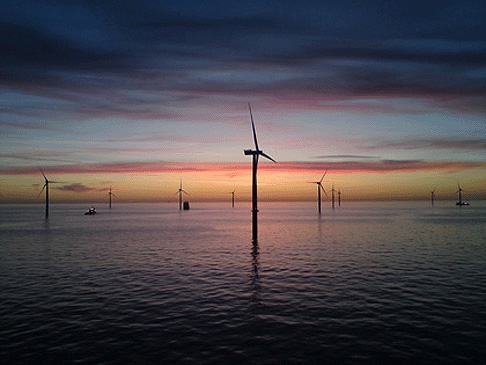
Offshore Wind Outlook 2019 highlights the vast untapped wind resources around the world and claims to be the most comprehensive study on the subject to date. It claims offshore wind has the potential to generate more than 420 000 TWh per year worldwide, with approximately 36,000 TWh of this easily accessible in coastal waters no deeper than 60m.
Study aims for deep water offshore wind viability
Robot team set sail for offshore wind farm inspection
The report predicts that by 2040, offshore capacity could be 15 times what it is today, having built up a cumulative investment of more than $1 trillion. This will be driven by engineering advances including larger turbines and more efficient floating windfarms.
“Offshore wind currently provides just 0.3 per cent of global power generation, but its potential is vast,” said IEA executive director Dr Fatih Birol. “More and more of that potential is coming within reach, but much work remains to be done by governments and industry for it to become a mainstay of clean energy transitions.”
Europe is currently leading the way, with almost 20GW of installed capacity. That is set to rise to nearly 130 gigawatts by 2040 under existing stated policies. However, the IEA says that if the EU reaches its carbon-neutrality aims, offshore wind capacity would jump to around 180 gigawatts by 2040 and become the region’s largest single source of electricity.
While Europe may be the spiritual home of the technology, China was the leading installer of capacity in 2018. The country’s major population centres near its east and south coasts make offshore wind an attractive prospect and the IEA predicts that by around 2025, China will have overtaken the UK and will be home to the world’s biggest offshore wind fleet. Capacity is set to rise from 4 gigawatts today to 110 gigawatts by 2040.
“In the past decade, two major areas of technological innovation have been game-changers in the energy system by substantially driving down costs: the shale revolution and the rise of solar PV,” said Birol. “And offshore wind has the potential to join their ranks in terms of steep cost reduction.”





Red Bull makes hydrogen fuel cell play with AVL
Formula 1 is an anachronistic anomaly where its only cutting edge is in engine development. The rules prohibit any real innovation and there would be...